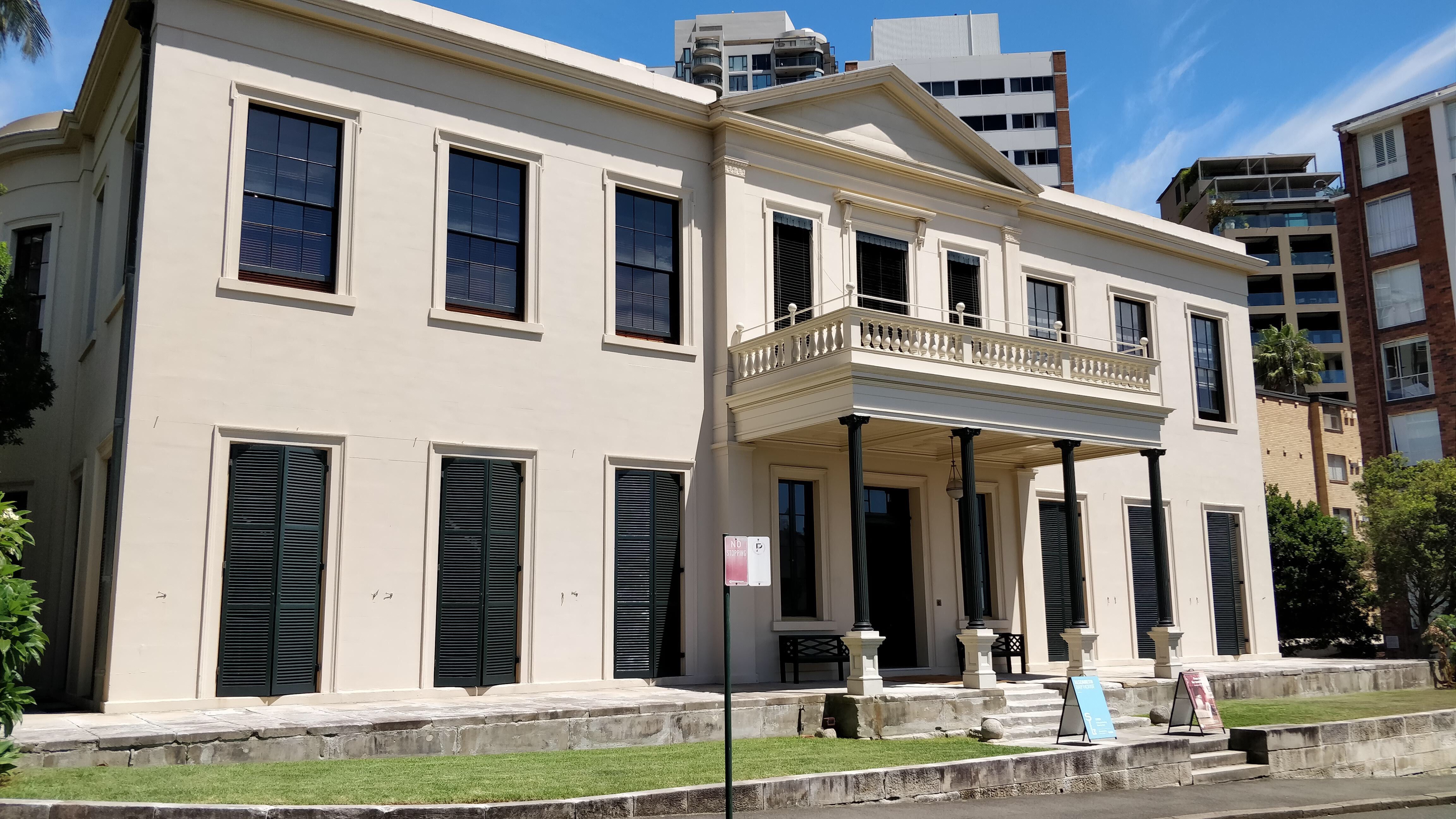IN RECENT WEEKS came news of the approval of another miracle attributed to the intercession of Bl. John Henry Newman. This means that there is now a high probability he will soon be canonized. October seems the propitious time for all things Newman, and if it comes on my birthday—13 October—I shall be chuffed indeed!
Also in recent weeks came news that the courts have finally directed New York to surrender the body of Archbishop Fulton Sheen to Peoria, the diocese of his birth and upbringing. This unseemly squabble between two dioceses has not been edifying to Catholics, and a cause of mirth, or worse, to non-Catholics. Hopefully this means the cause for canonization of Fulton Sheen can now advance. The first prelate to engage with modern media, he was new-evangelising before the term New Evangelisation was coined. First on radio broadcasts and then on the new-fangled television, he cut no Catholic corners, but spoke in terms both dignified and comprehensible that made his message attractive. Chalk in hand and standing before a clean blackboard, garbed in full episcopal fig—including ferraiolo—he would be seen as quaint today if he did the same, and probably clericalist, given that the mob simplistically equates clericalism with clerical dress. For his time, however, he was an adept and engaging preacher of the faith and even Protestants were impressed. Of course, since he cut such a fine figure and moved in elevated and even fashionable circles, he was accused of vanity and self-promotion. Self-conscious and self-confident he was; utterly faithful and, when it really mattered, selfless he was in equal measure, if not more.
Both these men are worthy of canonization, not least because they were men of their day, aware of contemporary spiritual needs and adept at serving them. Both were of towering intellects, though Newman spoke more directly to the upper and more educated classes, whereas Sheen had a gift of distilling complex teaching into digestible servings for the ordinary man and woman.
Just as importantly, they remind us that there is more to holiness than being merely nice, or generous, or kind. (more…)




